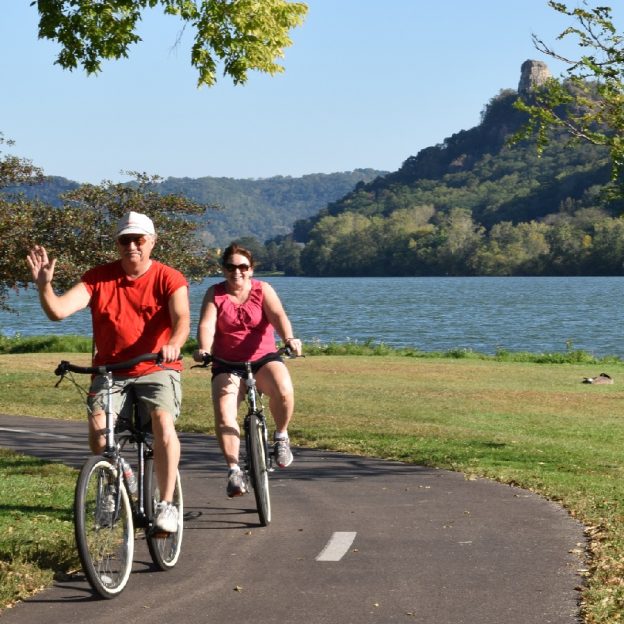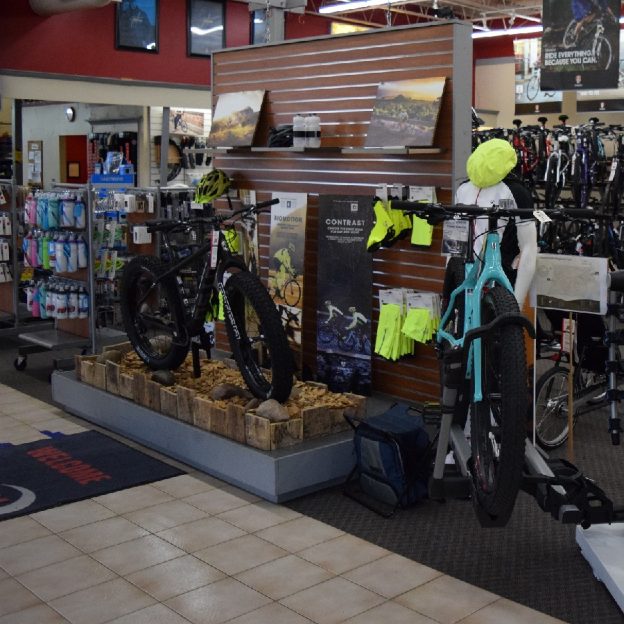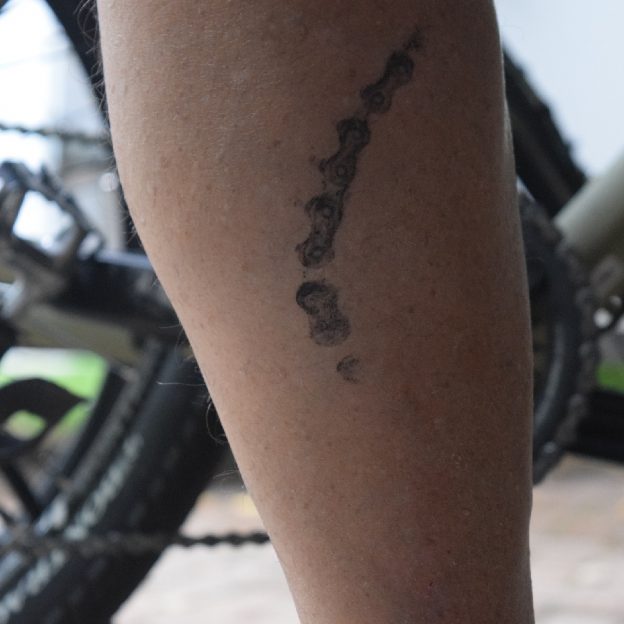Tag: biking
-
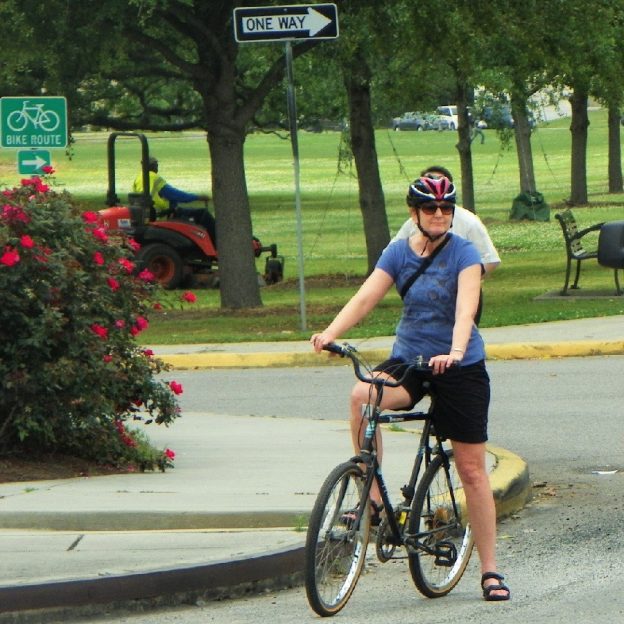
New Orleans on two wheels at the end of the Mississippi River Trail
Seeing the city and its parishes on two wheels is a fun way to experience the last section of the Mississippi River Trail (MRT). Right before the river flows into the Gulf of Mexico.
-
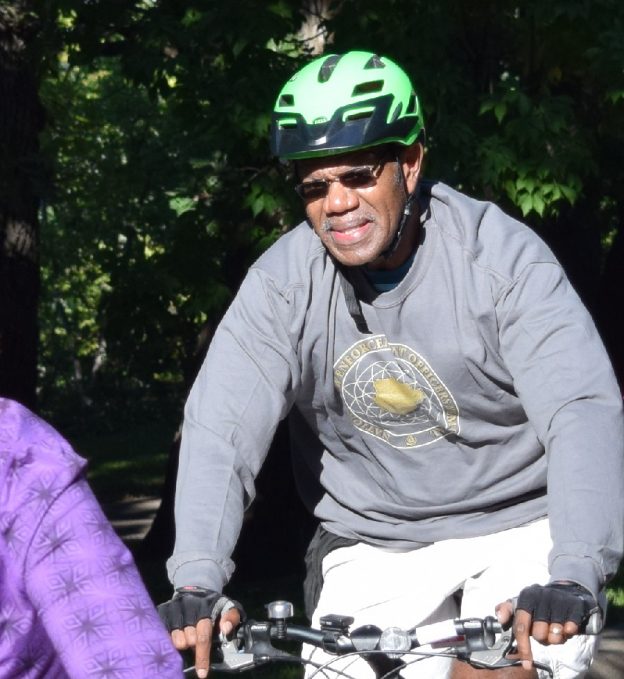
Bike Pic Oct 12, fall in love with your mode of transportation, commute
Considering a bike commute as part of your daily routine, it might add a bit of brilliance to your next story as you share some of your successes and adventures.
-
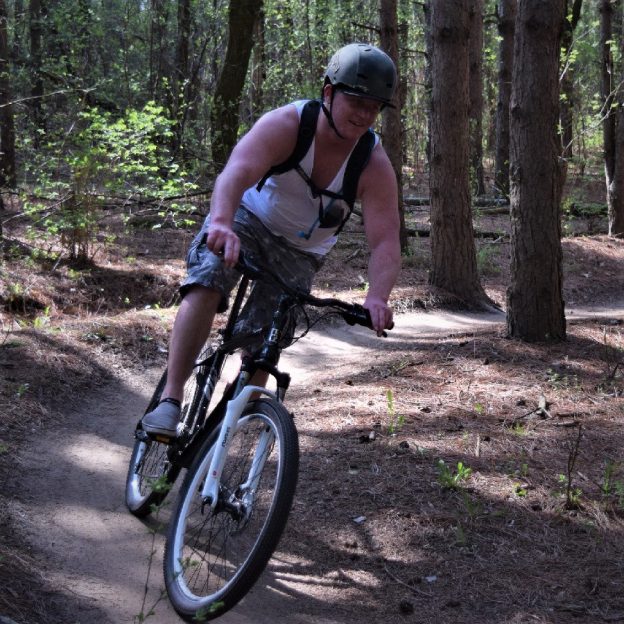
Bike Pic Sept 5, having fun post holiday with another adventure
Back in the mountain bike saddle after a long holiday weekend, excited for the next challenge, here is our bike pic to start your week.
-
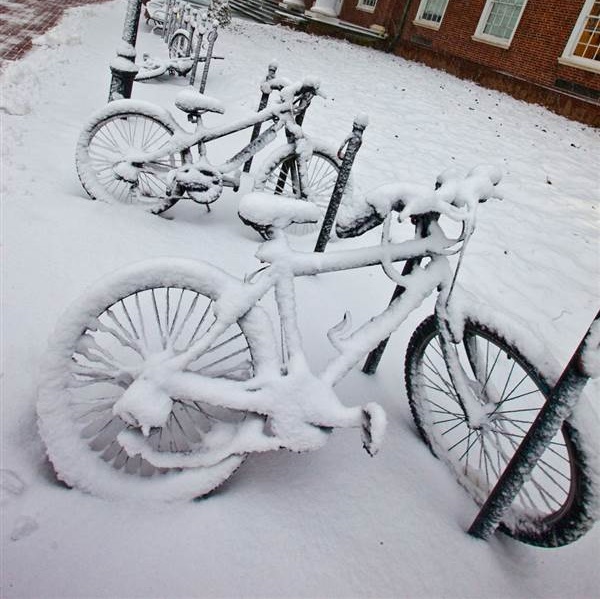
Outside Bike Storage: Preserving its Condition While Battling Mother Nature
If you’re like the many people who ride bikes, you may have selected or been forced to use outside bike storage where your bicycle has to fend for itself in all the weather elements. It’s nothing to be ashamed of, especially since many people don’t have a place to store their bikes inside.
-
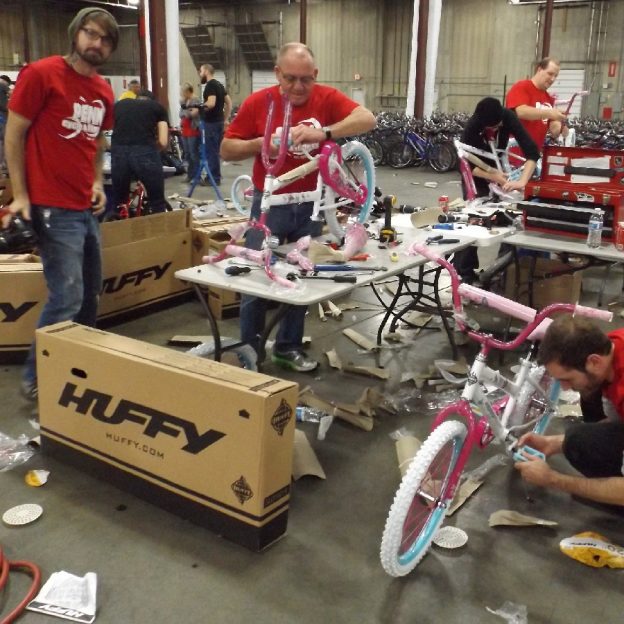
Bike Maintenance: Best Time to Bring in Your Bike to the Shop
There are so many more benefits to bringing your bike in for bike maintenance during fall and winter rather than waiting until spring when the shop gets busy and you may have to wait.
-
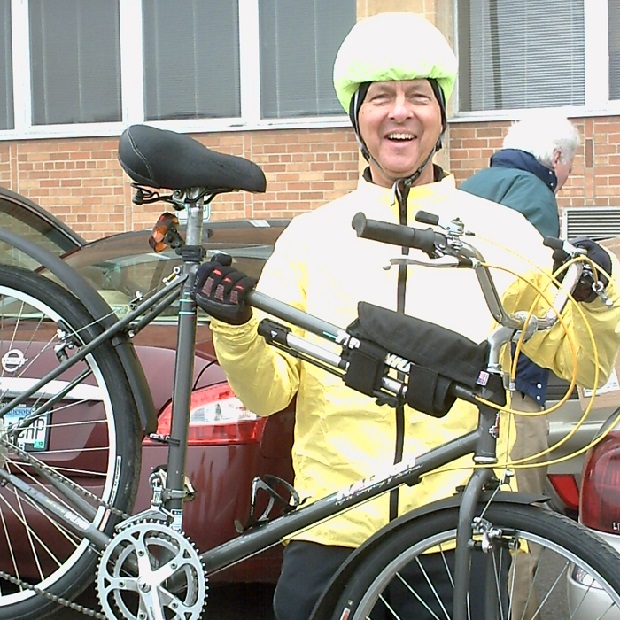
Bike Pic Dec 1, rain, sleet or snow with a smile
Rain, sleet or snow, this guy is ready for anything while while driving his trust commuter bike, wearing the right gear and a smile!


